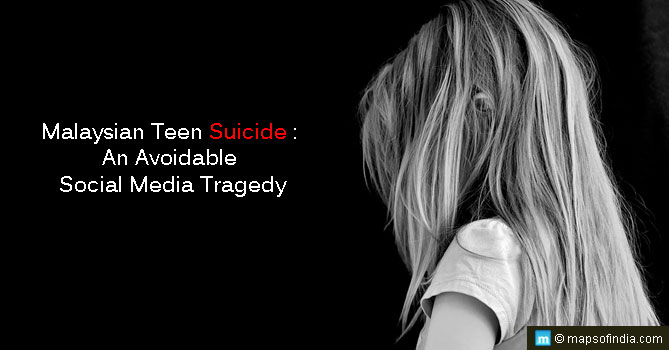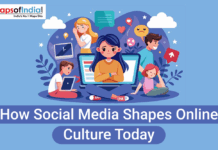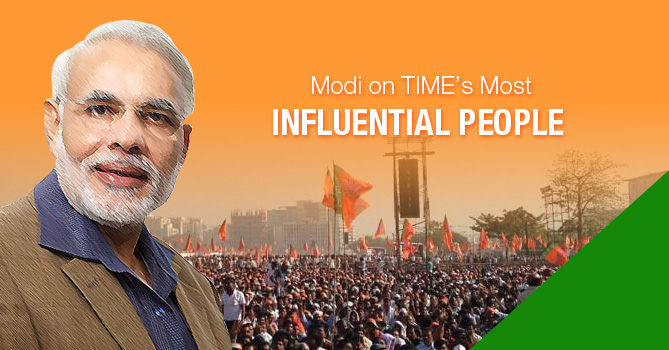A young teen recently took her own life by jumping off a rooftop in Malaysia. As investigations on this case proceeded, a shocking fact was unearthed. Shortly before the suicide, the 16-year old teen had conducted an Instagram poll, asking her followers if she should choose life or death. A staggering 69% responded with ‘Death’.
With enquiries into the suicide still going on, several old matters of discussion and debate have surfaced in India too. The memory of teens ending their life in the wake of Blue Whale is still fresh in people’s minds. Has the social media done more harm than good? How many more avoidable deaths before we finally address the increasing mental health concerns in teens?
A brief look at the case
“Really Important, Help Me Choose D/L” posted the girl through an Instagram poll, hours prior to her death. As the youth and sports minister of Malaysia later pointed out, 69% of people voted for death. According to him, the incident has pointed towards the country’s need to address mental health concerns. Even in this case, the girl is believed to have suffered from depression.
A lawyer from the country, Ramkarpal Singh, offered yet another opinion on the matter, stating that the people who voted “Death” may be legally liable for abetting suicide.
The country has strict laws in place against abetting suicide, especially in the case of a minor victim. The punishment can go as far as a death penalty. However, while it is deeply disturbing to have so many people give her the ‘green signal’ for death, it is important to ask ourselves what the real problem is.
A deeper look into the problem
“Is social media doing us more harm than good?” is a question that we pretty much hear everyday. The web provides ridiculously easy access to pornography, violent and violence inducing content, graphic images, and whatnot. But, there have also been efforts to minimize and eliminate this negative side.
In February, 2019, Instagram announced content screening services for its platform, in response to a 2017 incident when a British teen took her own life. Her parents believed that her access to graphic, self-harm related images on Instagram was a major push towards the suicide. Now, Instagram and many other platforms hide sensitive and self-harm related content, till the time a user explicitly gives consent to view the said piece of information. Which brings us to an important bend in the conversation. There are numerous plus sides to the internet; it has interconnected us in ways never known to the world before. And yet, with the web becoming more aware and socially correct day by day, another question comes to mind.
Is it right to blame social media for the problem?
As the Malaysian minister mentioned, there is a growing need to address the issue of mental health, not just in Malaysia, but even in countries like India. In the young girl’s death, the problem wasn’t just an Instagram poll. It was the fact that 69% of her followers responded in affirmative when the teen asked if she should take her own life.
Addressing this problem is a two-step process
a. The mental health of the individual in question.
b. The awareness and sensitivity levels in rest of the world.
a. The cases of clinical depression are constantly increasing around the world. A grave concern here is that a large section of the affected people are teenagers. Not only that, other mental illnesses like anxiety, ADHD, PTSD etc. are barely ever addressed. Much worse, in certain societies, the suffering is blatantly misunderstood and the diseases shamed. So much so that a large chunk of the population never even seeks help, professional or otherwise.
In the present times, so many young teens are shrugged off when they try to come out with their mental health issues, accused of seeking attention, or even worse, “following the fad”. As a society, we are grossly ill-informed about mental health, and that directly affects those who are forced to suffer in silence.
b. The sensitivity issue is again connected to how all of us perceive mental health. It was so easy for ‘netizens’ to vote for ‘Death’ in that young girl’s poll. A grave problem is the fact that a matter of life and death was considered such a trivial affair. Besides, no one bothered to alert health or law enforcement authorities even in the face of such provocative situation.
Conclusion
It is imperative that we work towards creating a society where people, especially teenagers, can seek advice and counselling for their day-to-day pressures. Also, people need to act as potential helpers, and not as a catalyst to drastic measures like suicide. Empathy and awareness is the need of the hour, alongside trying to figure out where we went wrong. It’s time we amended our mistakes, it’s time we learnt from them.
Related Links:
How to Handle Body-Shaming in Teenagers
Undue Use and Misuse of Social Media






